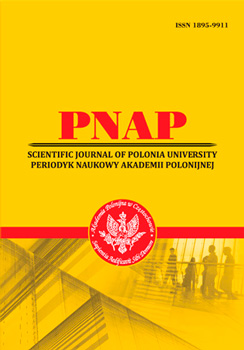COGNITIVE PECULIARITIES OF METAPHORS IN ENGLISH AND AZERBAIJANI PUBLICISTIC TEXTS
Abstrakt
The article discusses metaphor, metaphorical transfer and pragmatic features in English and Azerbaijani publications. The article states that in cognitive linguistics, they have increasingly resorted to metaphors in recent years. This type of metaphor, often mentioned in stylistic and rhetoric, appears as a result of complex mental processes that are the focus of cognitive linguistics. In all cases, metaphorism is creativity. The transfer of our language in the vocabulary includes both mental and physical subjects. Metaphorical transfers refer to mental transfers and are abstract in nature. The transfer mechanism is such that the sign of one of the two objects close to each other is transferred to the other. In this process, of course, at first glance, a logical discrepancy catches the eye, despite the fact that there is a very strong logic in this illogicality. In political and journalistic styles, there are many metaphors of this kind, in which, despite the preservation of imagery, metaphoricity has practically disappeared. In theoretical linguistics, these metaphors are called erased. In order for them to appear, they should be widely developed and activated in the appropriate language. Metaphorical erasure is the next process. The result is the creation of new shades of meaning in these tokens.
Wykaz bibliografii
2. The New York Times. Is it too late for Turkey’s democracy?, April 13,2017, p. I.
3. The New York Times. Streaming the classroom live, April 27, 2017, p. 3.
4. The New York Times. Pressure grows as Hungary adopts law targeting George Soros’s University, April 13, 2017, p.5.
5. The New York Times. Orders could expand drilling, April 27, 2017, p. 6.
6. The New York Times, Why Putin tolerates corruption, May 16, 2016, p. 6.
Abstract views: 201 PDF Downloads: 167







